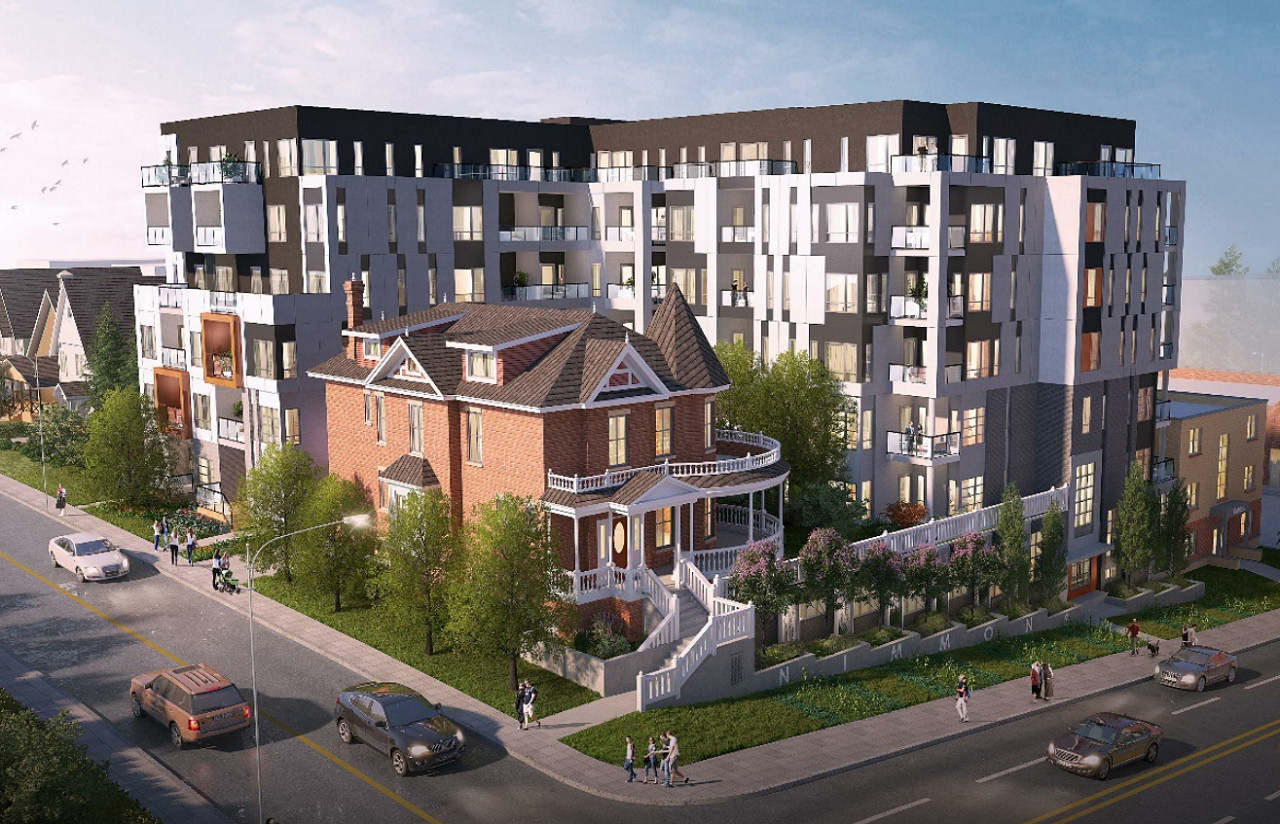I don't know whatever happened with the heritage side.
@JoeUrban would probably know. I know once you move a property, even if just to move it 100 feet, it changes the heritage designation.
The Canadian Heritage Standards and Guidelines lists 9 key standards:
1. Conserve the heritage value of an historic place. Do not remove,
replace or substantially alter its intact or repairable character defining elements. Do not move a part of an historic place if its current location is a character-defining element.
2. Conserve changes to an historic place that, over time, have become
character-defining elements in their own right.
3. Conserve heritage value by adopting an approach calling for
minimal intervention.
4. Recognize each historic place as a physical record of its time, place
and use. Do not create a false sense of historical development by
adding elements from other historic places or other properties, or
by combining features of the same property that never coexisted.
5. Find a use for an historic place that requires minimal or no change
to its character-defining elements.
6. Protect and, if necessary, stabilize an historic place until any
subsequent intervention is undertaken. Protect and preserve
archaeological resources in place. Where there is potential for
disturbing archaeological resources, take mitigation measures
to limit damage and loss of information.
7. Evaluate the existing condition of character-defining elements to
determine the appropriate intervention needed. Use the gentlest
means possible for any intervention. Respect heritage value when
undertaking an intervention.
8. Maintain character-defining elements on an ongoing basis. Repair
character-defining elements by reinforcing their materials using
recognized conservation methods. Replace in kind any extensively
deteriorated or missing parts of character-defining elements, where
there are surviving prototypes.
9. Make any intervention needed to preserve character-defining elements
physically and visually compatible with the historic place and
identifiable on close inspection. Document any intervention for
future reference.
For #1 "Conserve the heritage value of an historic place. Do not remove, replace or substantially alter its intact or repairable character defining elements. Do not move a part of an historic place if its current location is a character-defining element." The position of the home in the middle of the lot is one of the defining characteristics as it was a rural ranch home built before the city had reached that location. So the move violates at least part of #1. Now it's a less severe violation than if it was moved to Heritage Park of course.
You can see in the renderings that the wrap around balcony which was put there by Mr Nimmons for a view of the fledgling new city in the distance now partially just has a view of a wall.
I am also concerned about the move method, particularly if they remove the bricks for the move like they did the McHugh house. You can see on McHugh that there is un-matching brick all around the bottom to replace the bricks that broke or were otherwise unusable after removal.
Outside of bricks not matching, in my opinion it would be a loss if a researcher wanting to investigate the workmanship of late 1800s brick laying in Calgary couldn't use the house as a subject because we decided to redo the whole thing and all they'd see is 2020 workmanship.
So a long answer to yes, according to the Canadian standards and guidelines the move is a violation that degrades the heritage value.




